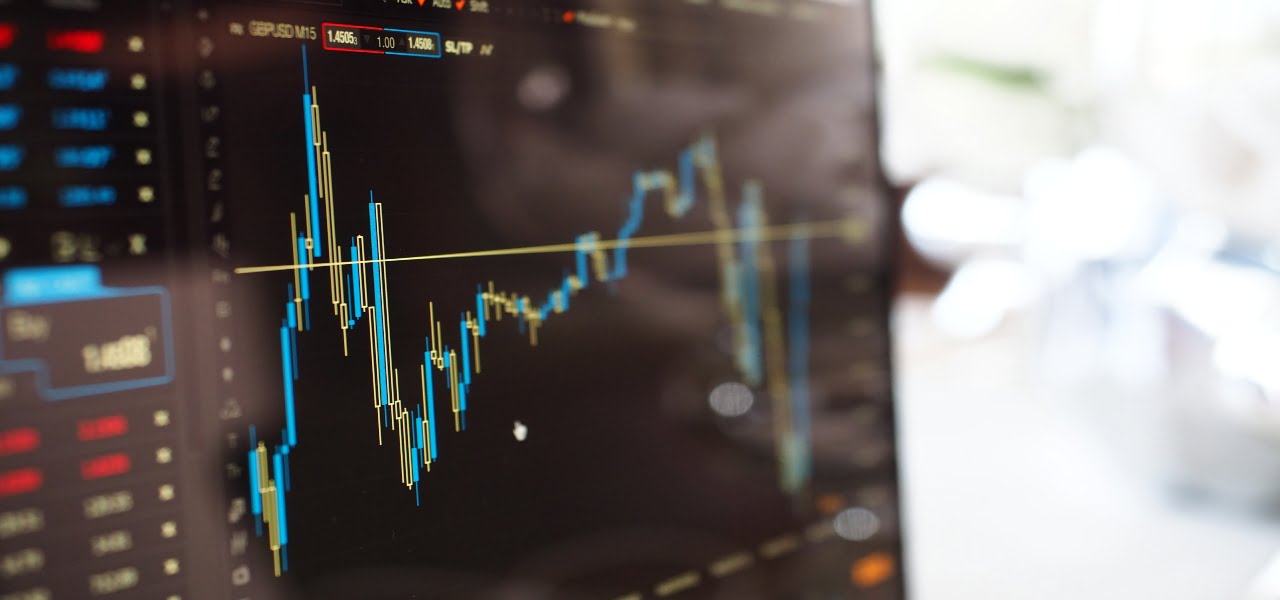Stock exchanges as we know them have been around for more than 400 years. The first exchange was established in Amsterdam in 1602 to trade shares of the Dutch East India Company.
Today there are as many as 16 stock exchanges with a market capitalization of over $1 trillion. The so-called ‘$1 trillion club’ exchanges account for more than 80% of the global market cap. Here we take a look at the top 10 largest stock exchanges in the world.
Top 10 Largest Stock Exchanges
An exchange is a regulated marketplace that connects buyers and sellers of various financial securities such as stocks, bonds, and warrants.
This list of the top 10 largest stock exchanges is based on the market capitalization data from the World Federation of Exchanges as of November 2018.
10. Bombay Stock Exchange, India
Founded in 1875, the Bombay Stock Exchange was the first exchange in Asia. As of November 2018, it had a market cap of $2.05 trillion. It is the exchange with the highest number of listed companies on this list.
According to Visual Capitalist, the BSE has 5,749 listed firms. However, most of them are small-caps. The office for BSE is on Dalal Street in Mumbai.
9. Toronto Stock Exchange, Canada
Owned and operated by TMX Group, the Toronto Stock Exchange (TSX) is one of the largest exchanges in the world since its founding in 1852. The TSX has 2,207 listed companies with a combined market cap of $2.1 trillion, earning it a place among the world’s top 10 largest stock exchanges.
It has an average monthly trade volume of $97 billion. All of Canada’s ‘Big Five’ commercial banks trade on the TSX. Back in 2011, TMX was in talks to merge with the LSE, but it couldn’t get the approval of shareholders.
8. Shenzhen Stock Exchange, China
Formally established in 1990, the Shenzhen Stock Exchange is one of the only two independently operating stock exchanges in China. The other one being the Shanghai Exchange. Its market cap is $2.5 trillion as of November 2018.
Most of the firms listed here operate in China, and it trades shares in Yuan. The Shenzhen Exchange launched a ChiNext board in 2009 consisting of high-growth, high-tech startups similar to NASDAQ.
7. London Stock Exchange, United Kingdom
Founded in 1698, more than 3,000 listed firms with a combined market cap of $3.76 trillion trade on The London Stock Exchange Group. The exchange is owned by the LSE Group, which was formed in 2007 following the merger with Borsa Italia.
The LSE was the world’s largest exchange until the end of the First World War when it lost that title to the NYSE. Some of the biggest firms listed at the LSE are British Petroleum, Barclays, and GlaxoSmithKline.

6. Euronext, Europe
Headquartered in Amsterdam, the Netherlands, Euronext is a pan-European exchange with a presence in France, Belgium, Ireland, and Portugal.
It has approximately 1,300 listed firms with a combined market cap of $3.92 trillion which sell in euros. This giant Europe based exchange has a monthly trading volume of about $174 billion.
5. Hong Kong Stock Exchange, Hong Kong
Founded in 1891, the Hong Kong Stock Exchange has close to 2,000 listed firms, about half of which are from mainland China. It has a monthly trading volume of $182 billion and a market cap of $3.93 trillion.
In 2017, the exchange closed its physical trading floor to shift to electronic trading. Some of the biggest companies listed at the H.K. Exchange are AIA, Tencent Holdings, PetroChina, China Mobile, and HSBC Holdings.
4. Shanghai Stock Exchange, China
The largest exchange in China has a market cap of $4.02 trillion. It is a non-profit organization and has more than 1,000 listed firms. Though its origins date back to 1866, it was suspended following the Chinese Revolution in 1949.
The Shanghai Exchange, in its modern form, was founded in 1990. Equities listed at the Shanghai Stock Exchange have ‘A’ shares that sell in local currency and ‘B’ shares that are priced in the U.S. dollar for foreign investors.
3. Tokyo Stock Exchange, Japan
Founded in 1878, the Tokyo Stock Exchange is among the top 10 largest stock exchanges in the world. It has close to 2,300 listed firms with a combined market cap of $5.67 trillion, making it ranked third among the largest exchanges in the world.
Trading at the TSE was suspended for four years after World War II. It resumed operations in 1949. TSE’s benchmark index is Nikkei 225, which consists of the largest companies, including Toyota, Honda, Suzuki, and Sony.
2. NASDAQ, United States
The NASDAQ Stock Market started in 1971 in New York City. NASDAQ is the Mecca of technology companies because many of the world’s largest technology giants such as Apple, Microsoft, Facebook, Amazon, Alphabet, Tesla, Cisco, and others are listed on the NYSE.
As of November 2018, the New York exchange had a market cap of $10.8 trillion with an average monthly trading volume of $1.26 trillion.
1. New York Stock Exchange, United States
This exchange has been the world’s largest stock exchange since the end of World War I with a market capitalization of $22.9 trillion and about 2,400 firms trading. The Archipelago exchange merged with the NYSE Euronext forming the NYSE Group in 2006.
According to the 2017 data from Gallup, more than 54% of Americans had invested in equities listed on the exchange. The New York Stock Exchange alone accounts for roughly 40% of the world’s stock market cap.
Stock Exchange History
It is unclear precisely when the first exchange was created. Still, some historians point to evidence that during the Roman Republic over 2,000 years ago shares of services traded hands among traders.
In more modern times, informal marketplaces developed in Europe sometime around the 14th century in cities like along the Mediterranean. Later, markets developed in Western Europe in cities such as Lyons and Antwerp.
The founding of the Dutch East India Company in 1602 was an important event for an established and permanent marketplace. The market is still in existence today and is known as The Amsterdam Euronext.

American Exceptionalism
While the U.S. has the world’s largest stock exchange by market cap, this has not always been the case. Until World War I, the LSE dominated the world of exchanges in both Europe and worldwide markets.
The experience and destruction of that war lead to the U.S. becoming the dominant player in both markets and industries.
Since the first world war, the New York exchanges have been the most dominant in the world. The rise of China’s industries and companies has not changed this, at least not yet.
The U.S. currently holds an impressive 54% of the market cap in the world; this compares to just 4% on Chinese markets. The importance of the U.S.’s percentage of total GDP in the world has declined, but the significance of its markets has not.
There is hope for the future that markets will be more collaborative, as demonstrated by the establishment of the World Federation of Exchanges. Founded in 1961, the World Federation of Exchanges is a trade association of clearinghouses and exchanges which attempts to standardize practices across the world markets.
FAQs
Which is largest by market capitalization and the oldest stock exchange in India?
Established on 9 July 1875, the BSE is the oldest exchange group in the country. The BSE started well before India declared independence in 1947.
Who is the father of the stock market?
Warren Buffett’s mentor, Benjamin Graham, is widely considered the father of the stock market. Graham was considered the first to provide investors with a method and instruments to value securities trading in the market.
Before Graham, the vast majority of groups of market traders on Wall Street would try to buy and sell from various brokers quickly.
Who is the owner of BSE?
Shri Ashishkumar Chauhan is a managing director and CEO of the BSE and one of the founders of India’s National Stock Exchange (NSE). Premchand Roychand, one of the nation’s most famous businessmen, is the founder of the BSE.
What are the four types of stocks?
There are many ways of classifying equities. In regards to style, a standard categorization is 1. Growth stocks 2. Value equities, 3. Dividend equities 4. IPOs. In terms of size, four types of equities can be categorized as mega-caps, Large-caps, mid-cap, and small-caps.
What is the best month to sell a stock?
There is a famous axiom among traders and investors to “sell in May and go away”. Another study shows that most traders are best off selling in November, December, January, March, and April. However, there is no iron-set rule about investing, which is more of an art than a skill.
Summary
The future of markets is exciting to predict. Stock trading will likely reign supreme for the foreseeable future, but rapid tech is leading to other industries such as crypto markets. Fifty years from now, we may talk about bitcoin as we currently do about the NASDAQ or competitors. Stay tuned to read that story!





